Affiliate links on Android Authority may earn us a commission. Learn more.
Super resolution explained: The photography technique used by almost everyone
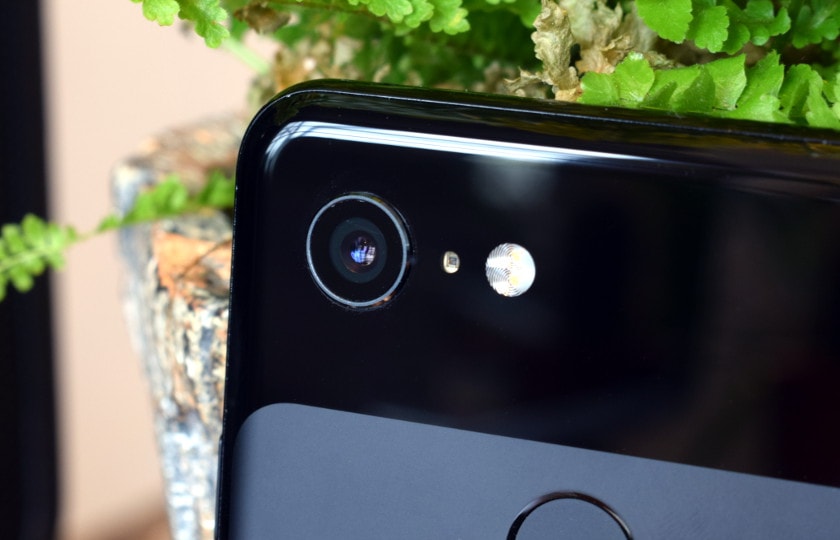
Today’s smartphone cameras are a major step above efforts from just two years ago, as we’ve now got triple cameras, periscope zoom, and night modes on offer.
The modern smartphone uses a variety of photographic techniques in order to deliver a quality picture, with machine learning algorithms and pixel binning being just two of the many technologies in this regard. Another massively important photography technique has emerged in recent years, called super resolution.
What is super resolution?
Simply put, super resolution is the practice of generating a higher resolution image by taking and processing multiple lower resolution shots. This technique essentially fills in the detail gaps and reduces noise when blowing up an image.
Super resolution has previously been used in astronomy, as the European Space Agency notes, processing multiple lower resolution images to make one higher resolution snap. It’s also been an option on some DSLR cameras, with the likes of some cameras spitting out a 40MP image with a 16MP sensor.
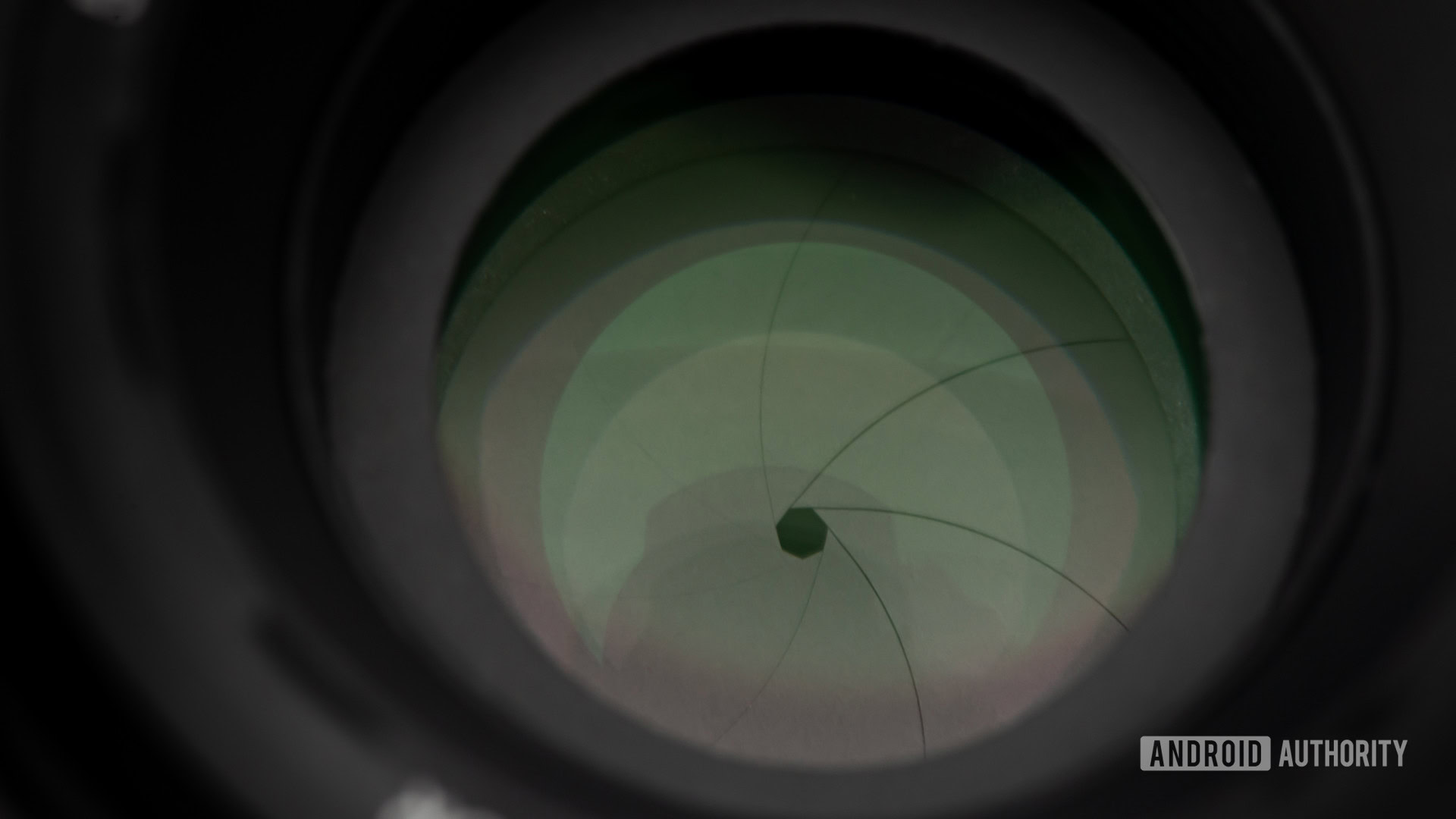
As Android Authority‘s own Robert Triggs explains, super resolution techniques on smartphones rely on so-called sub-pixel localization. “Sub-pixel localization determines the accuracy of any point in a picture to sub-pixel accuracy by looking at the same point in two or more frames, each with a slightly different point of view,” Rob notes.
By taking multiple lower resolution shots and comparing these points in each image, you’ve got the foundation for a solid, higher resolution image. What’s essentially happening is that there are minor differences between these points, and algorithms or machine learning techniques are able to use these differences to fill in the gaps and create additional detail.
Who is using super resolution and how?
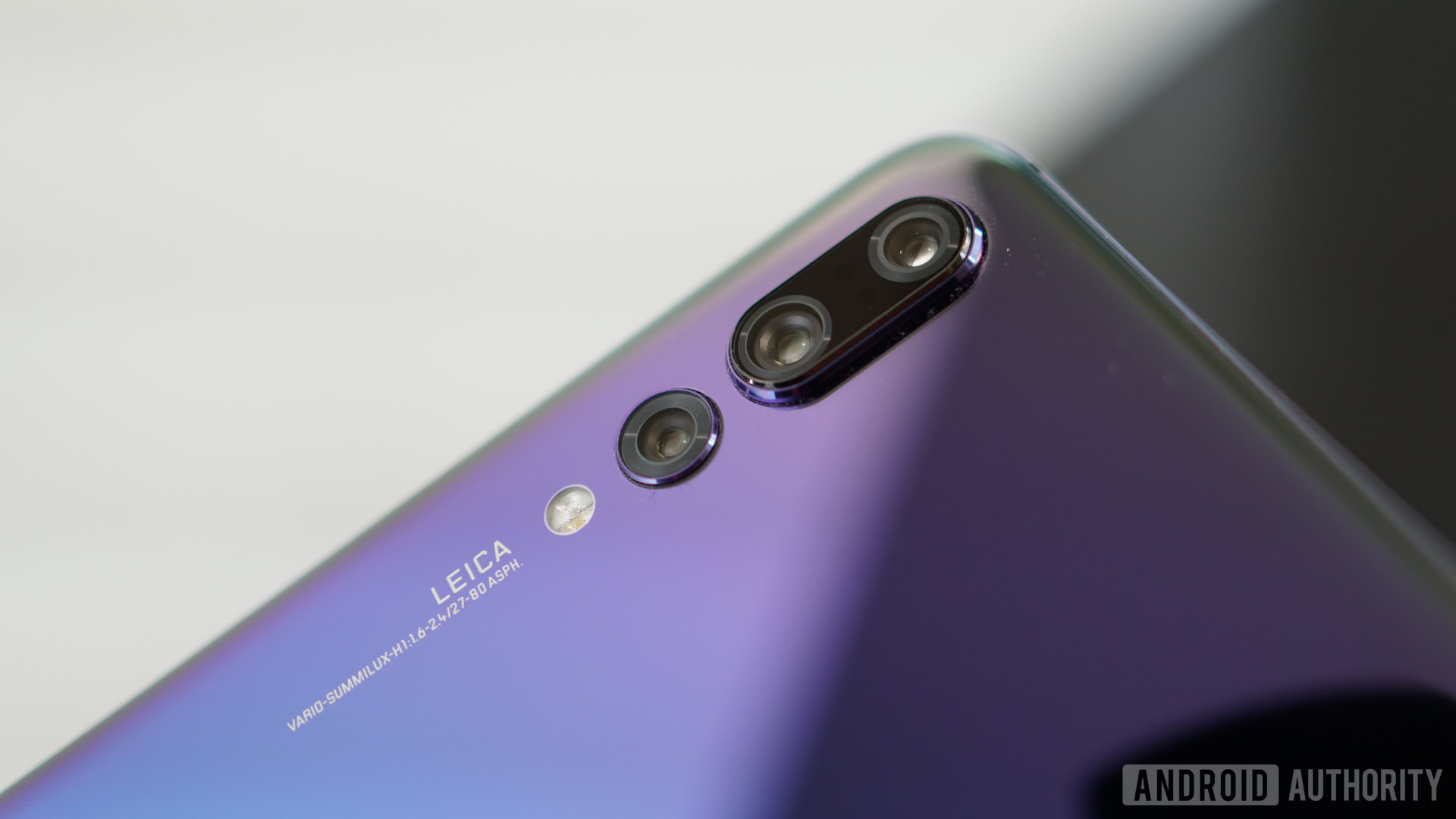
There are plenty of smartphone manufacturers using super resolution technology in their products. One of the first mobile companies to use this tech in a big way was OPPO on the Find 7, delivering 50MP snaps out of several 13MP shots.
Asus and its older Zenfone flagships have followed a similar path to OPPO as well, combining four 13MP images into one 52MP shot. The company upped the ante with the ZenFone AR, which is capable of generating 92MP images — why stop at 52MP?
Huawei is another company using super resolution in its high-end phones, with its 2018 and 2019 flagships all using it — although it’s used the tech since 2013 at the very least. HUAWEI currently uses the tech for its telephoto/periscope zoom and hybrid zoom features, delivering a 10MP zoomed in shot from its 8MP periscope/telephoto cameras.

Meanwhile, Google uses a take on the technology for its Super Res Zoom digital zoom method on the Pixel series (seen above). Google’s zoom solution sees the company take advantage of the natural tremors in a user’s hand to take photos from several slightly different angles. From here, they’re merged and processed to deliver better 2x zoom results in good light.
The latest company to use super resolution on its phones is OnePlus with the OnePlus 7 Pro. The Chinese brand says it uses super resolution to extract “key information from multiple photos through a special algorithm and combines the characteristics of the subjects to enrich and layer the photo with detail, forming a super clear photo.”
Where to next for super resolution imagery?
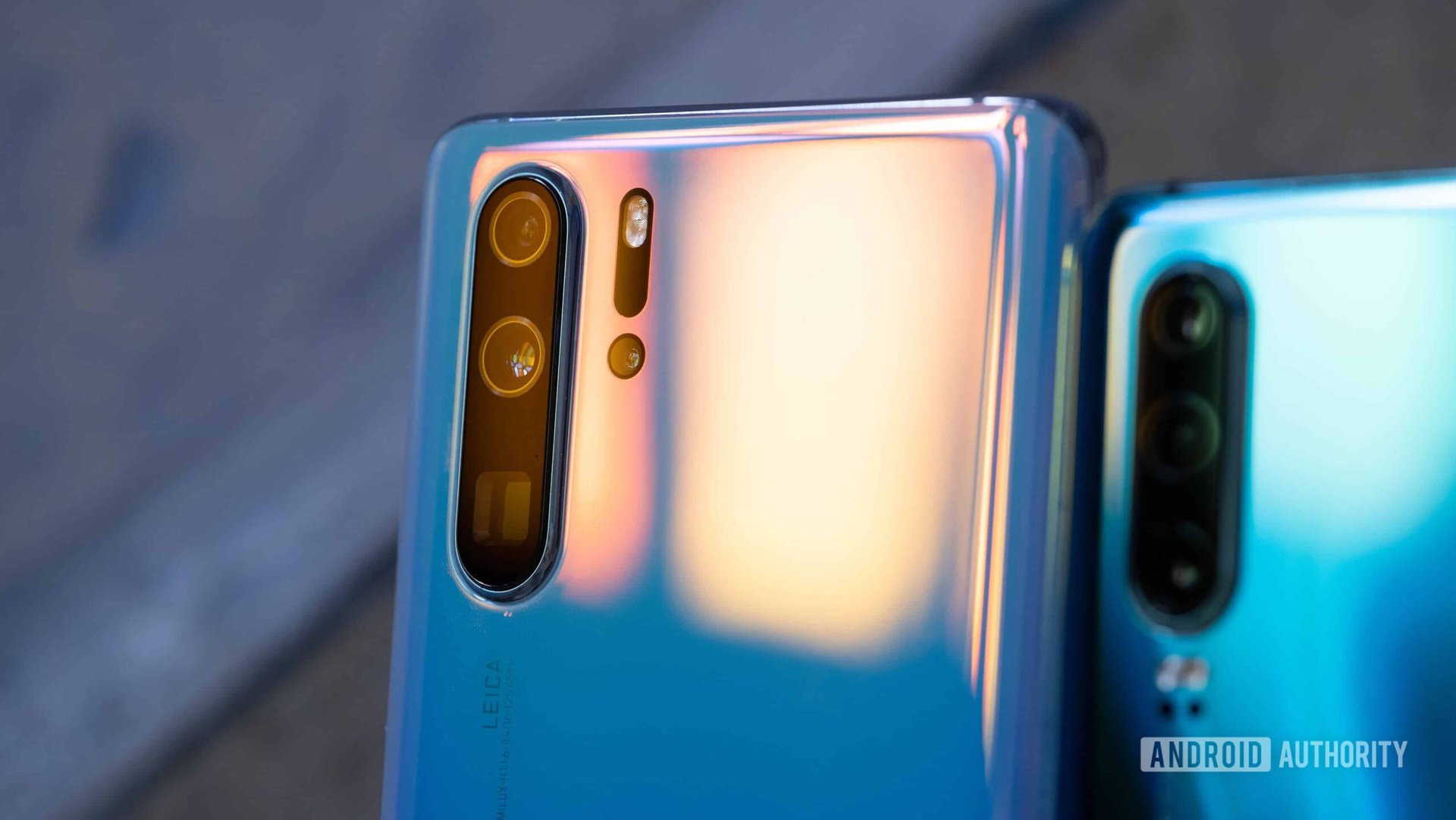
It seems like super resolution has become a key feature in many of the world’s most popular smartphones. Between Huawei’s flagships and the Google Pixel series, you could even make the argument that it’s an indispensable feature for those wanting a well-rounded camera phone.
But what does the future hold for super-resolution techniques though? Well, the advent of ultra high resolution camera sensors might reduce demand for super resolution photos in the first place. Whether it’s Sony’s 40MP sensors, 48MP cameras used by the likes of HUAWEI, OnePlus, and Xiaomi, or Samsung’s 64MP sensor, they all allow users to natively shoot a very high resolution snap.
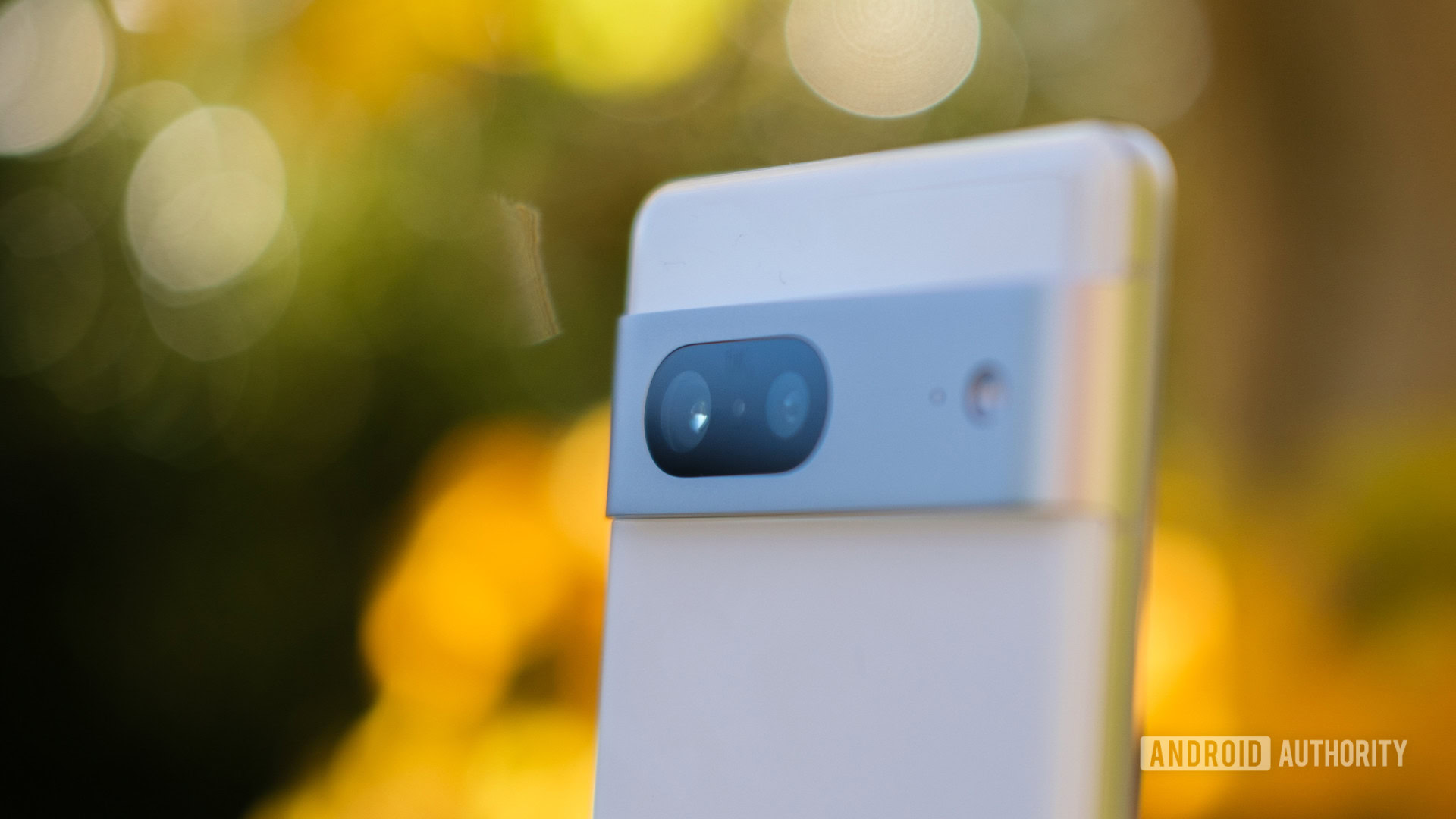
We’ve also seen telephoto and periscope cameras change the game in the last three years when it comes to smartphone zoom, giving users a legitimately handy way to zoom without a significant loss in detail. Then again, despite the addition of telephoto and periscope cameras on HUAWEI phones, we’re still seeing the firm boost resolution from 8MP to 10MP thanks to super resolution technology. And the combination of super resolution and telephoto/periscope zoom is also bringing better digital zoom, with Huawei’s P30 Pro offering up to 50x digital zoom and 10x hybrid zoom.
Google and the Pixel series have also shown that single camera smartphones can benefit from super resolution in the absence of telephoto or periscope zoom. The result might not be as good as native zoom-enabled cameras, but it certainly represents an improvement over traditional digital zoom.
Super resolution is clearly a pretty big part of the smartphone photography landscape today. But it’s far from the only feature required to make a fantastic smartphone camera, with the likes of pixel-binning, night modes, and top-notch HDR processing all just as important. Either way, modern smartphone cameras are far better than devices from even two or three years ago thanks to these improvements.